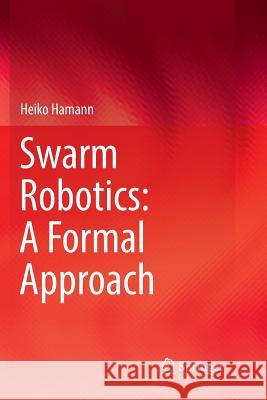Swarm Robotics: A Formal Approach » książka
topmenu
Swarm Robotics: A Formal Approach
ISBN-13: 9783319892795 / Angielski / Miękka / 2019 / 210 str.
Kategorie:
Kategorie BISAC:
Wydawca:
Springer
Język:
Angielski
ISBN-13:
9783319892795
Rok wydania:
2019
Wydanie:
Softcover Repri
Ilość stron:
210
Waga:
0.32 kg
Wymiary:
23.39 x 15.6 x 1.19
Oprawa:
Miękka
Wolumenów:
01
Dodatkowe informacje:
Wydanie ilustrowane











